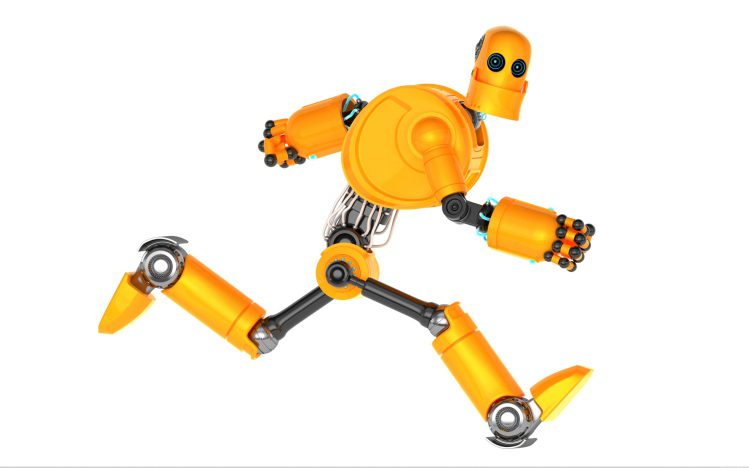Robotics engineers learning how humans walk and run

Some robotics engineers are finally learning how to walk, and even run.
A team of researchers working on human-like robots has constructed a robot that can run a nine-minute mile, but they want it to run faster.
One of the seemingly simple but unanswered questions in science is how humans walk so effortlessly, let alone run. It’s easy to observe, and children intuitively learn to walk with time, but the biomechanics behind what is one of the most basic movements has puzzled researchers who’ve try to mimic it in robotics.
Today’s walking robots may look like they walk and run in a way similar to humans, but that is where it ends. The energy expenditure of robots that mimic normal human movement is nowhere near on par with real walking. Researches have known that there is a high-powered push-off point during each step, but when analyzed none of the correct muscles seem strong enough to provide the strength needed for propelling the body forward.
The robotics engineers team think they have have started to figure it out.
“The coordination of knee and ankle is critical,” said said Daniel Renjewski, a robotics engineer at Oregon State University’s Dynamic Robotics Laboratory. “And contrary to what some other research has suggested, the catapult energy from the ankle is just being used to swing the leg, not add large amounts of energy to the forward motion.”
A key to making faster and more agile robots is understanding how to minimize energy use and replicate how humans actually walk, run and move around. Better robots could be used instead of humans in dangerous situations, such as bombsquads, search and rescue or disaster response. The technology could also be used in more lifelike and natural prosthetic limbs.


